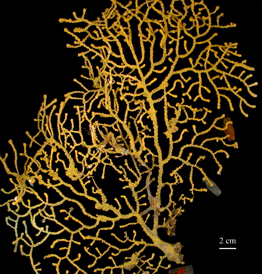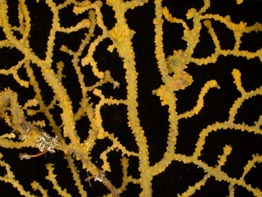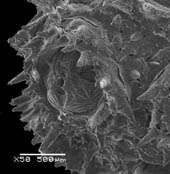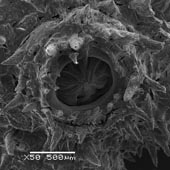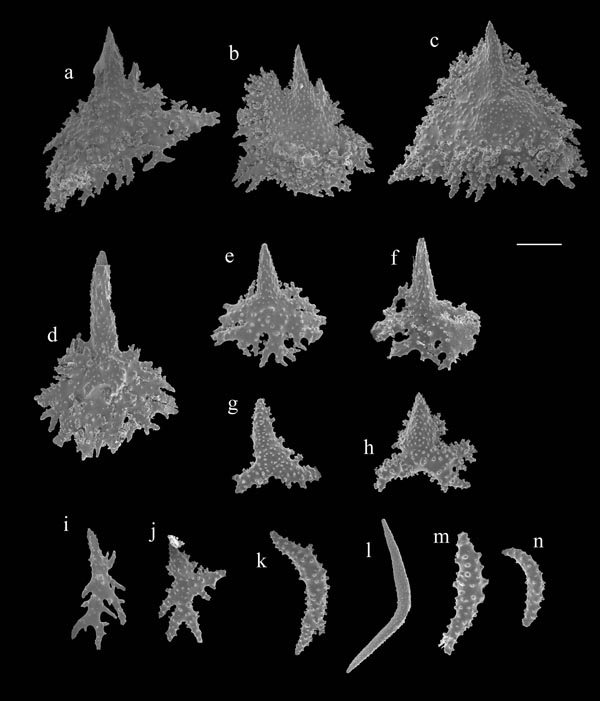CONTENTS
Introduction
The South Atlantic Bight
Methods
Octocoral Morphology
Glossary
Gorgonacean
Bauplan
see this for keys
Notes on the Species
Carijoa
riisei
Scleranthelia
rugosa
Telesto fruticulosa
Telesto nelleae
Telesto sanguinea
Bellonella rubistella
Pseudodrifa nigra
Nidalia occidentalis
Iciligorgia schrammi
Diodogorgia
nodulifera
Titanideum
frauenfeldii
Muricea pendula
Thesea nivea
Bebryce cinerea
Bebryce parastellata
Scleracis guadalupensis
Paramuricea sp.
Leptogorgia hebes
Leptogorgia punicea
Leptogorgia
cardinalis
Leptogorgia virgulata
Leptogorgia setacea
Leptogorgia euryale
Viminella
barbadensis
Renilla reniformis
Sclerobelemnon
theseus
Stylatula elegans
Virgularia presbytes
| Guide
to the Shallow Water (0-200 m) Octocorals of the South Atlantic
Bight. S. T. DeVictor
& S. L. Morton, 2007
Paramuricea sp. Studer, 1887 Remarks: The only specimen examined for this work is a complete, large (35 x 23 cm) colony that was collected by submersible and subsequently dried. In life the specimen was bright yellow but turned black when exposed to air. After drying the colony appeared dirty white but still liberated yellow pigment when exposed to sodium hypochlorite (bleach). The colony shape is fan-like and mostly in one plane, with small, upturned branchlets arising from the main stem, and occasional anastomoses occur. The branch tips are slightly inflated. The main stem at widest is 1 cm and the branches are 2–5 mm in diameter.
|
|
|
|
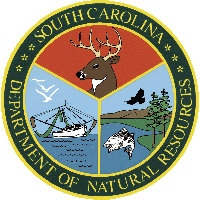 |
